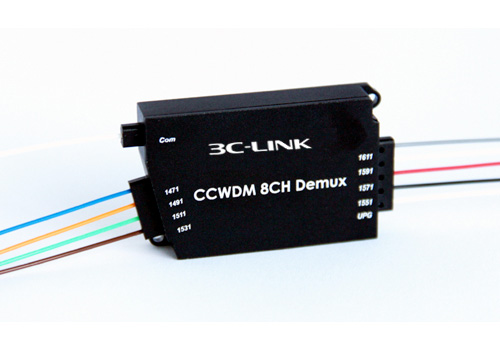
CCWDM Module
100G transmission is common in today's networks. Typically these transceivers are based on 4 parallel lanes that operate at speed of 25G each and modulated with NRZ (Non Return to Zero). For single mode fibre each lane has its assigned wavelength (like CWDM4 or LR4) as well as one of the four lasers and receivers.
Standardised by the 100G Lambda MSA, 100G single lambda transceivers process these 4 x 25G electrical signals from the host side via a built-in discrete DSP (Digital Signal Processor) using PAM4 (4 level Pulse Amplitude Modulation) - instead of NRZ - and feed the new modulated signal into one single laser at the speed of 100G. That reduces the cost for optical components, etc.
Specified for up to 500m, single-lambda started with 100GBASE-DR; followed by 100GBASE-FR for up to 2km and 100GBASE-LR for distances up to 10km.

Copyright © 2022 3c-link Corporation Limited.VOKO提供网站技术支持
Privacy Policy